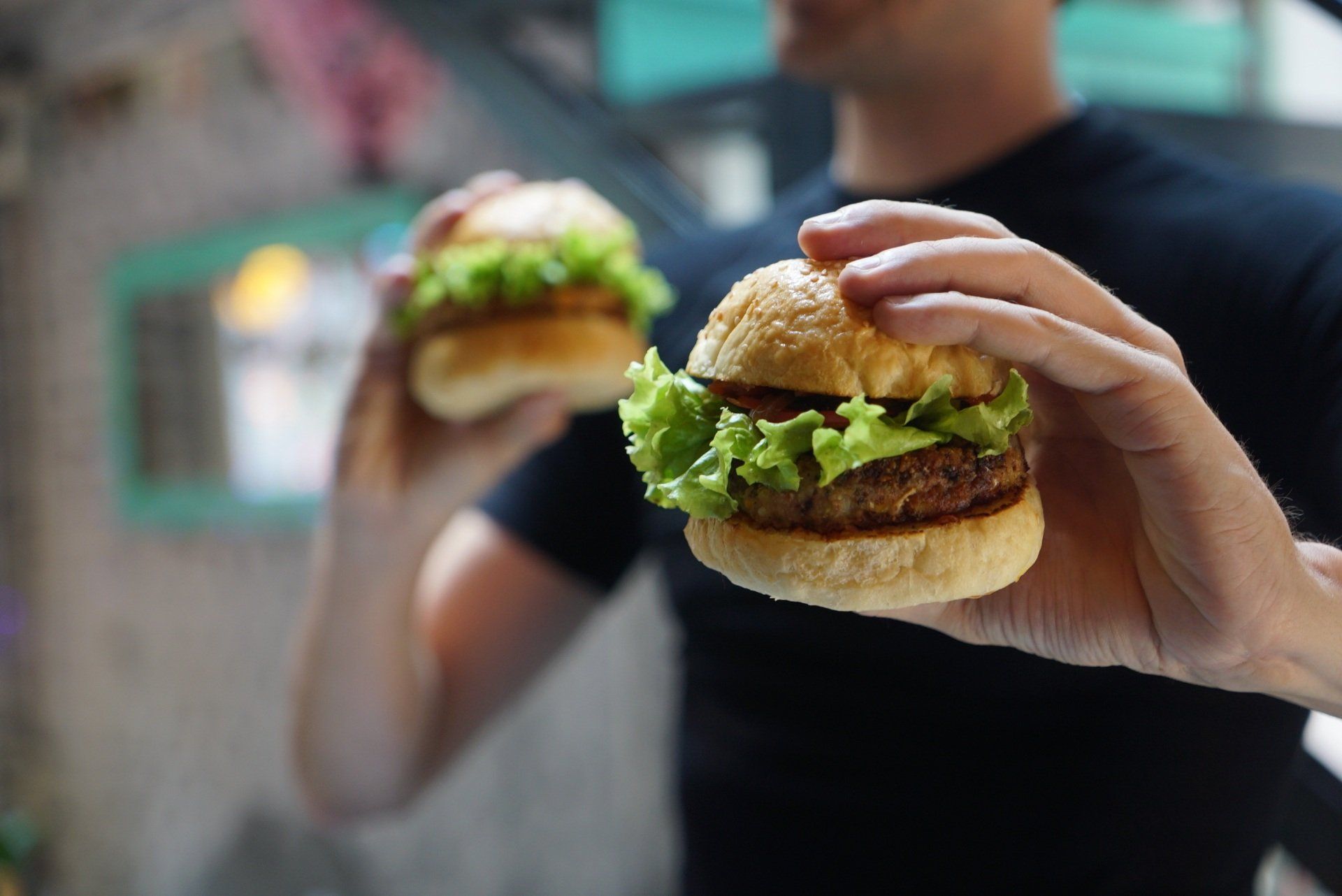Three Things You Should Stop Believing If You Care About Your Weight
Are your beliefs getting in the way of losing weight? Here's three that block the weight loss exits:
#1 You can’t get yourself to like healthy food
Not True. Taste buds are extremely flexible and they can be trained to love what they once hated. You can use the science of acquired tastes to get yourself to crave broccoli the way you crave bear claws.
The human tongue has over 10,000 taste buds, which are located in clusters called papillae. These taste buds are responsible for detecting five different types of taste: sweet, sour, salty, bitter, and umami (savory). The taste buds are constantly regenerating, with new ones growing every two weeks.
This means that even if you don’t like a certain food, you can train your taste buds to enjoy it over time.
One way to do this is through repeated exposure. When you first try a new food, your taste buds may not be used to the flavors, and they may not like it. But if you keep eating it, your taste buds will become accustomed to the flavors and they will eventually start to like it. This is why some people say that it takes 7-10 times of trying a food before you can decide if you like it or not.
Another way to train your taste buds is by pairing new foods with foods that you already like. For example, if you don’t like the taste of broccoli, try eating it with a sauce or seasoning that you enjoy. This will help to mask the bitter taste of the broccoli, and your taste buds will start to associate the broccoli with the taste of the sauce or seasoning. Eventually, your taste buds will start to enjoy the taste of the broccoli on its own.
It's also a good idea to pair the new food with a positive experience, like eating it with friends or family, or while watching a movie. Positively associated memories can make the new food more appealing, and you will be more likely to enjoy it.
In addition to exposure and pairing, another way to train your taste buds is by making small changes to the food. For example, if you don’t like the texture of broccoli, try eating it steamed or sautéed instead of raw. This will change the texture and make it more appealing to your taste buds.
Finally, another way to train your taste buds is by adjusting your palate to different levels of sweetness or saltiness. For example, if you are used to eating sweet foods, try cutting back on the sugar in your diet and gradually increasing your tolerance for less sweet foods. Similarly, if you are used to eating salty foods, try reducing your salt intake and gradually increasing your tolerance for less salty foods.
#2 You should stop eating when you’re full
Not true. You should stop when you’re about 80% full. It takes the gut-brain access about 20 minutes to get an accurate reading. If you stop eating when you're completely full, wait a little while and you’ll find out you’ve overeaten by a very uncomfortable margin.
Let me explain. The gut-brain axis is a complex communication system between the digestive system and the central nervous system. This connection plays a crucial role in regulating appetite and satiety, and understanding how it works can help us make more informed decisions about when to stop eating.
One key aspect of the gut-brain axis is the release of hormones that signal hunger and fullness. Ghrelin, for example, is a hormone that is produced in the stomach and signals hunger to the brain.
Leptin, on the other hand, is produced by fat cells and signals fullness to the brain. When we eat, the levels of these hormones change, and the brain responds accordingly by adjusting our appetite and eating behavior.
Another important aspect of the gut-brain axis is the role of gut bacteria. The bacteria in our gut, known as the microbiome, play a critical role in regulating the immune system, metabolism, and digestion. Recent research has shown that the microbiome can also impact the gut-brain axis and affect our eating behavior. For example, certain types of bacteria have been found to promote weight loss, while others are associated with weight gain.
To use the gut-brain axis to better determine when to stop eating, it is important to pay attention to the signals our body is sending us. When we start to feel full, our body will release hormones such as leptin that signal to the brain that we are satisfied.
Additionally, it is important to listen to our body's natural cues and not to eat just because it's a certain time of day or because we are bored.
Another important factor to consider is the quality of the food we are eating. Eating nutrient-dense foods that are high in fiber and protein will help us feel full for longer periods of time and prevent overeating. On the other hand, foods that are high in sugar and refined carbohydrates can cause rapid fluctuations in blood sugar levels and lead to feelings of hunger soon after eating.
In addition to paying attention to the signals our body is sending, it is also important to maintain a healthy gut microbiome. Eating a diet rich in fruits, vegetables, whole grains, and fermented foods can help promote the growth of beneficial bacteria in the gut. Avoiding processed foods and excessive amounts of sugar can also help to support a healthy gut microbiome.
It is also important to manage stress, as it can also impact the gut-brain axis and affect eating behavior. Stress can lead to an increase in cortisol, a hormone that can stimulate appetite and contribute to weight gain. Engaging in relaxation techniques such as yoga, meditation, or deep breathing can help to reduce stress and improve the gut-brain axis.
#3 You only have 2 options when you’re faced with temptation: Resist or indulge.
Not true. Neuroscience has many tools that can help you thread the needle. The one I use is called Pause, rate, decide but there are others. They all have one thing in common: Mindfulness.
Now what does that mean and how does it work?
Mindfulness is the practice of being present in the moment and paying attention to one's thoughts, feelings, and bodily sensations. It is a powerful tool that can be used to manage temptations for unhealthy food.
One of the main ways that mindfulness can help with managing unhealthy food cravings is by increasing self-awareness. When we are mindful, we are better able to tune into our bodies and recognize when we are truly hungry, as opposed to just bored or stressed.
This can make it easier to resist the temptation to eat unhealthy foods when we aren't truly hungry. Additionally, mindfulness can help us to identify the triggers that lead to cravings for unhealthy foods, such as stress or boredom, and develop strategies for dealing with those triggers in a healthy way.
Another way that mindfulness can help with managing unhealthy food cravings is by teaching us to be more present in the moment. When we are mindful, we are less likely to be caught up in thoughts about the past or the future and more likely to be aware of what is happening in the present moment.
This can make it easier to resist the temptation to eat unhealthy foods, as we are less likely to be distracted by thoughts of what we "should" be eating and more likely to be in tune with our body's signals.
Mindfulness also teaches us to be more accepting and non-judgmental of our thoughts and feelings, which can be helpful when it comes to managing food cravings.
When we are not judgmental of ourselves for having cravings for unhealthy foods, we are less likely to feel guilty or ashamed, which can make it easier to resist the temptation to indulge in those foods. Instead, we can approach our cravings with curiosity and a willingness to explore them, which can help us to gain a deeper understanding of why we have them and how to manage them.










